By Carmen Hardin, Director, DNR Applied Forestry Bureau, Rhinelander;
Carmen.Hardin@wisconsin.gov
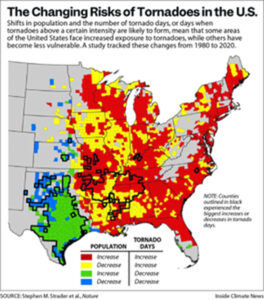
A graphic shows changing tornado risk trends in the United States from 1980 to 2020. All Wisconsin counties are showing an increase in tornado days. / Map Credit: Inside Climate News, Stephen M. Strader et. al., Nature Magazine
We are often asked difficult questions about our forests, their health and how climate change is impacting them. Here is a curated collection of resources that may help you answer some of those questions. Continue reading “Forest Health and Climate Change Resources”

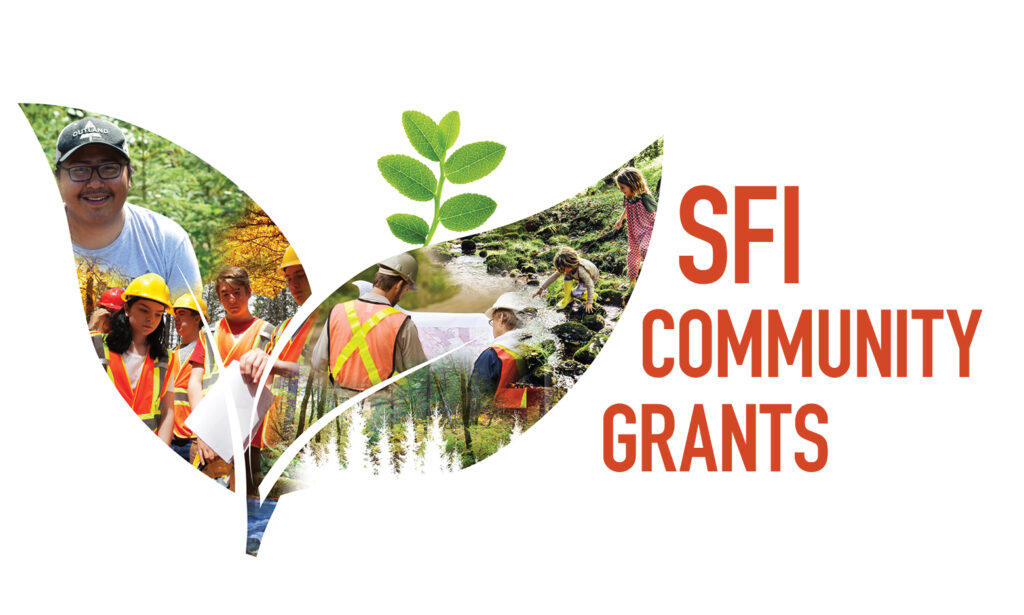 The Urban Forest Improvement Program, funded by the Inflation Reduction Act and the USDA Forest Service’s Urban and Community Forestry Program, provides grants to help organizations benchmark their urban or community forests against the Sustainable Forestry Initiative (SFI) Urban and Community Forest Sustainability Standard.
The Urban Forest Improvement Program, funded by the Inflation Reduction Act and the USDA Forest Service’s Urban and Community Forestry Program, provides grants to help organizations benchmark their urban or community forests against the Sustainable Forestry Initiative (SFI) Urban and Community Forest Sustainability Standard.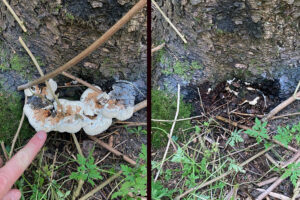
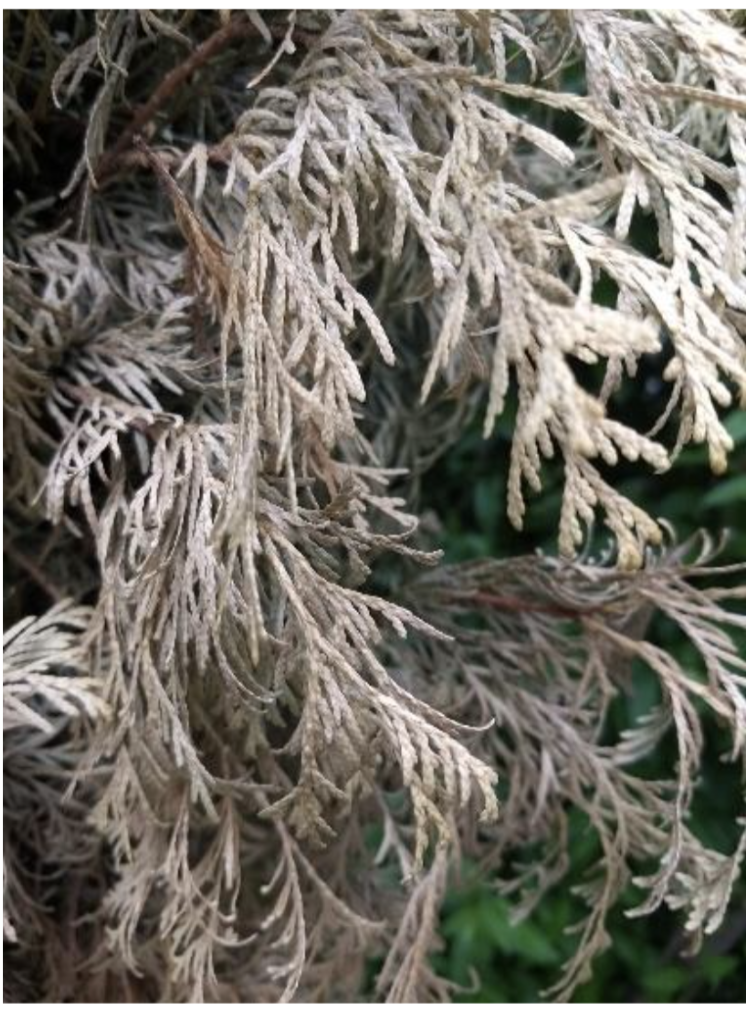 ‘Winter burn’ refers to a type of damage to evergreen foliage that typically occurs over winter. Common symptoms are browning and dying from the tips of the foliage inward. Several factors cause winter burn on evergreens, including winter ‘thaws’ while the ground is frozen, dry soil in autumn, a long period of very cold temperatures, winter sun on evergreen foliage or drying winter winds, poor siting of susceptible plants, recent planting/transplanting and the individual plant’s susceptibility. Frequently affected plants include yews, junipers, boxwood, arborvitae, rhododendrons, dwarf Alberta spruce and hemlock.
‘Winter burn’ refers to a type of damage to evergreen foliage that typically occurs over winter. Common symptoms are browning and dying from the tips of the foliage inward. Several factors cause winter burn on evergreens, including winter ‘thaws’ while the ground is frozen, dry soil in autumn, a long period of very cold temperatures, winter sun on evergreen foliage or drying winter winds, poor siting of susceptible plants, recent planting/transplanting and the individual plant’s susceptibility. Frequently affected plants include yews, junipers, boxwood, arborvitae, rhododendrons, dwarf Alberta spruce and hemlock. 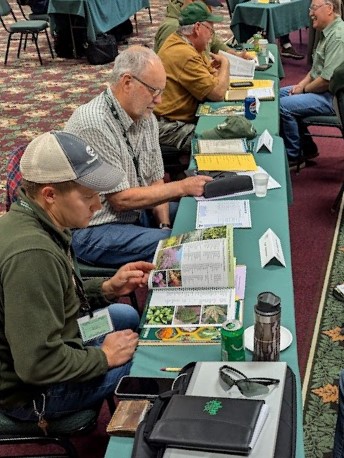 *These training opportunities are provided as an information service only and does not constitute an endorsement from the WI DNR.
*These training opportunities are provided as an information service only and does not constitute an endorsement from the WI DNR.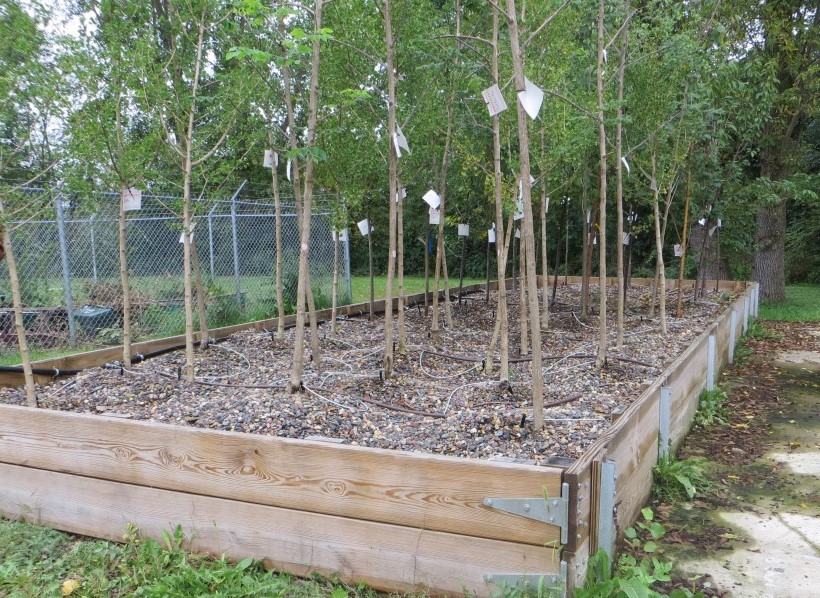 Join us for a two-part workshop on the value and uses of bare root trees and how to use gravel beds to hold and maintain bare root stock before it is planted. Part one will be delivered via Zoom on Friday, Sept. 20. Part two will be an in-person field day visit to an operating gravel bed. You will select one of the six locations around the state during registration. ISA CEUs will be available for both parts.
Join us for a two-part workshop on the value and uses of bare root trees and how to use gravel beds to hold and maintain bare root stock before it is planted. Part one will be delivered via Zoom on Friday, Sept. 20. Part two will be an in-person field day visit to an operating gravel bed. You will select one of the six locations around the state during registration. ISA CEUs will be available for both parts.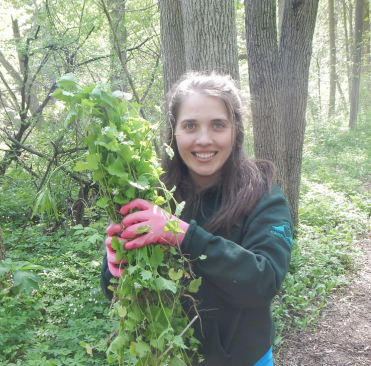 Southeastern Wisconsin Invasive Species Consortium is teaming up again with
Southeastern Wisconsin Invasive Species Consortium is teaming up again with 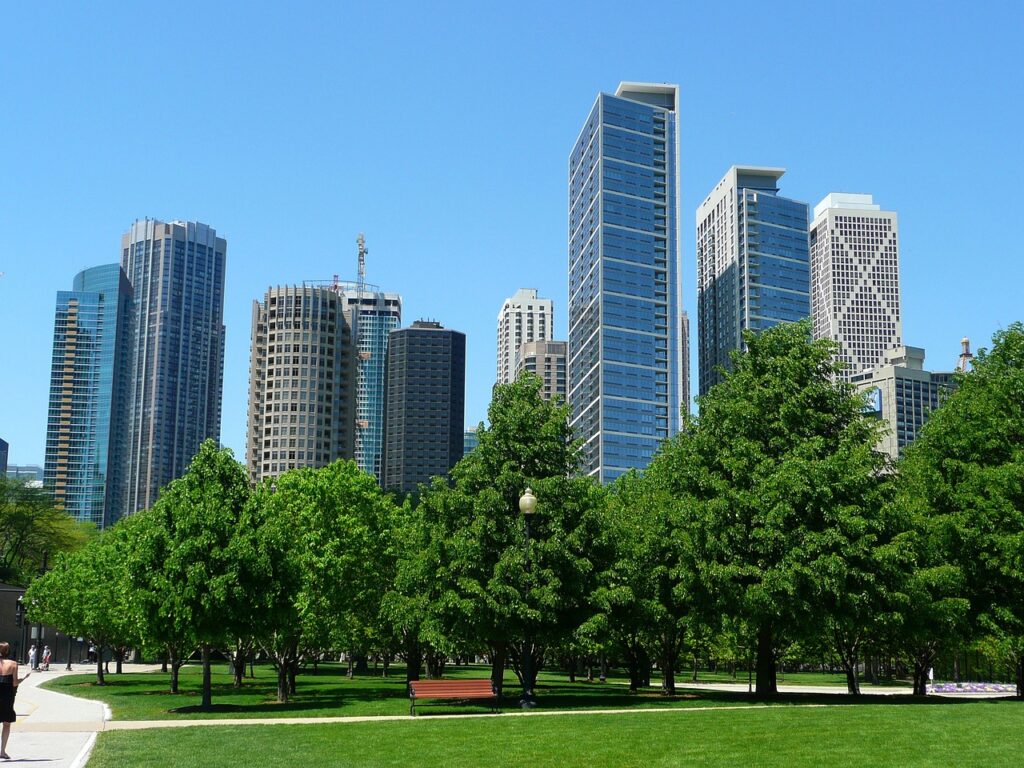 The Arbor Day Foundation is thrilled to announce the 2024 Partners in Community Forestry Conference and Alliance for Community Trees Day will be held in Chicago, Illinois Nov. 20-21.
The Arbor Day Foundation is thrilled to announce the 2024 Partners in Community Forestry Conference and Alliance for Community Trees Day will be held in Chicago, Illinois Nov. 20-21.